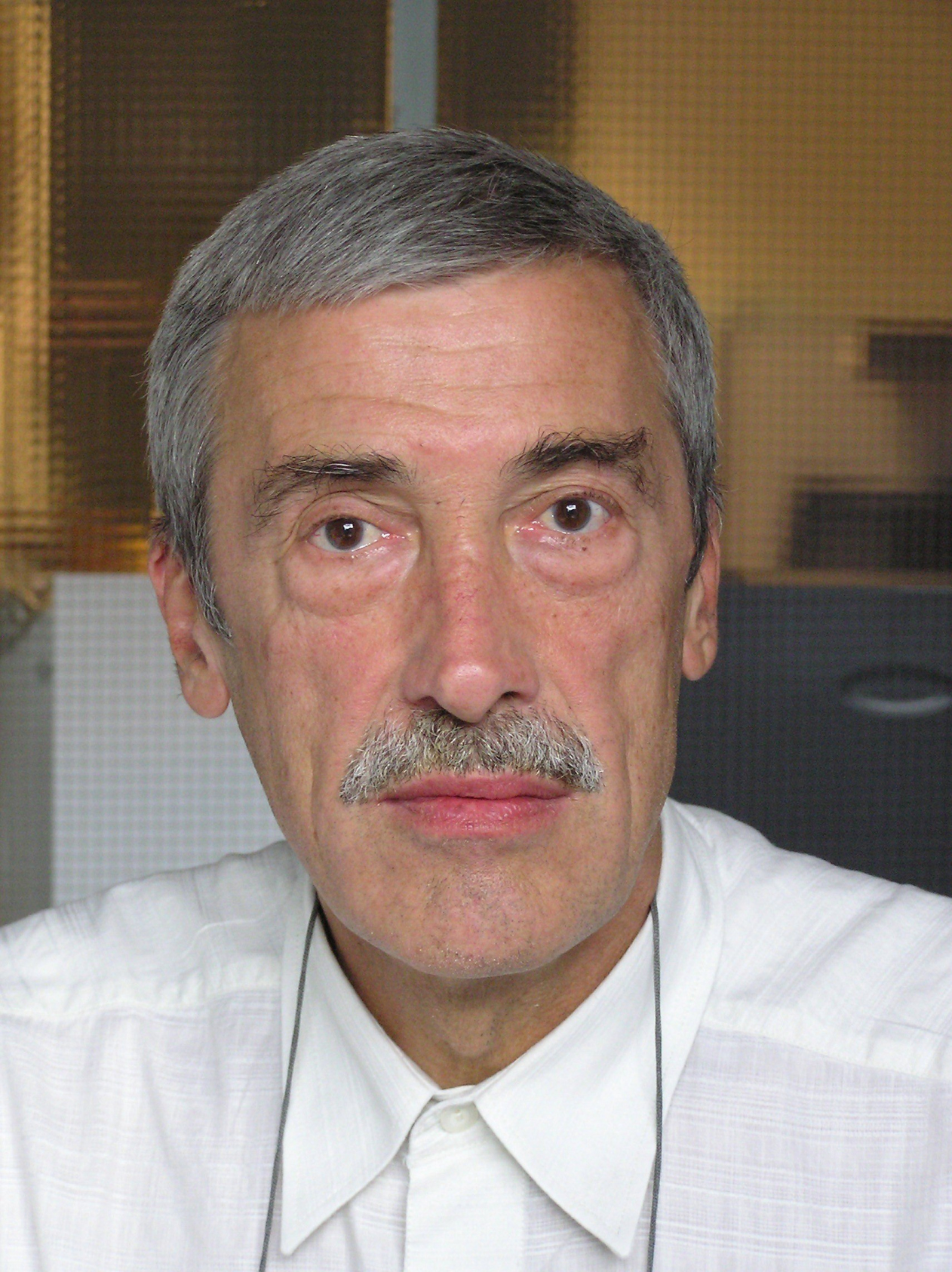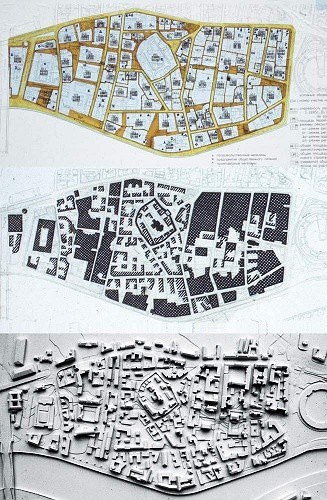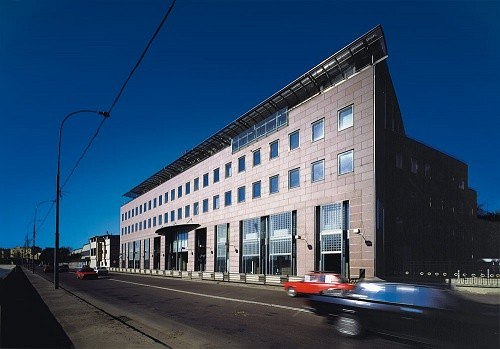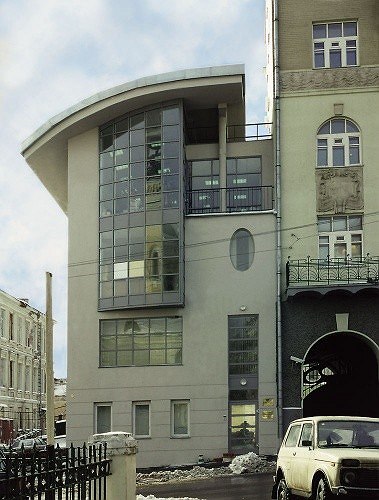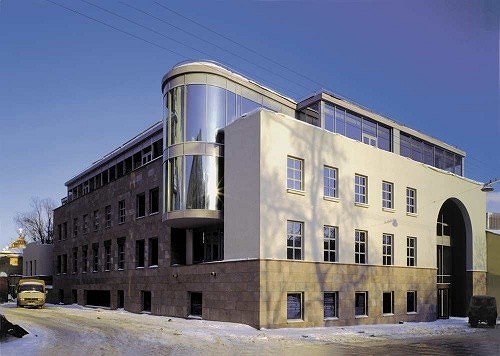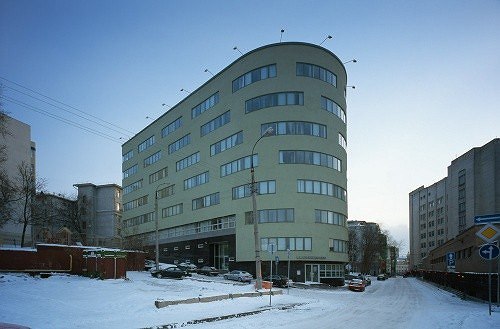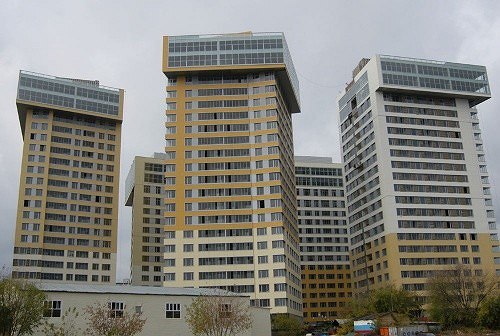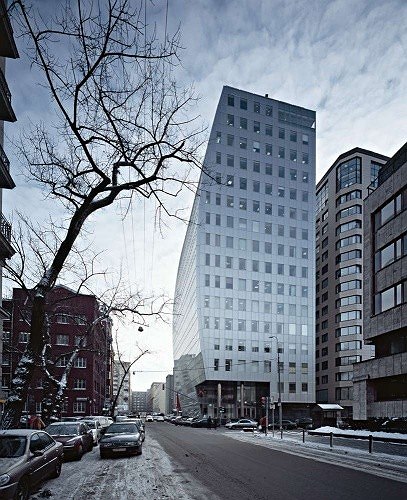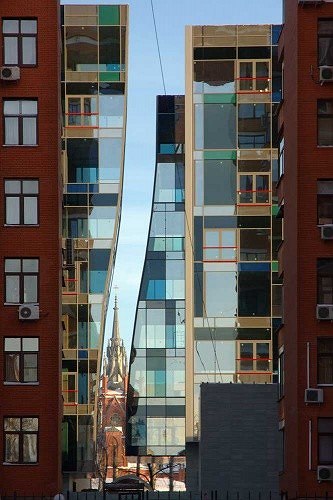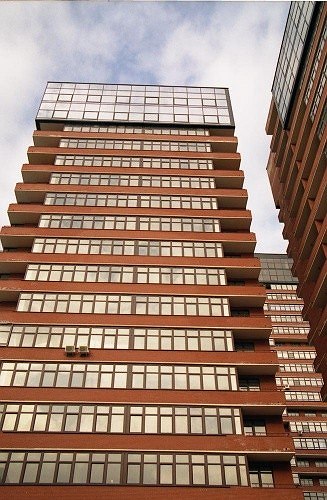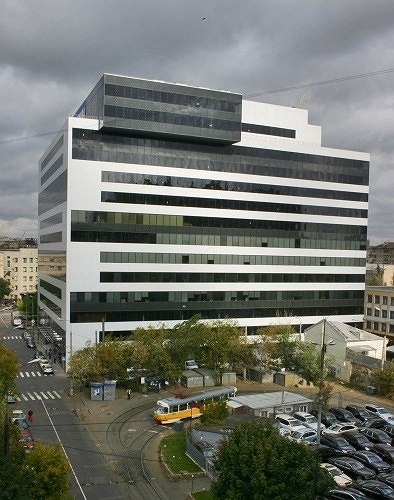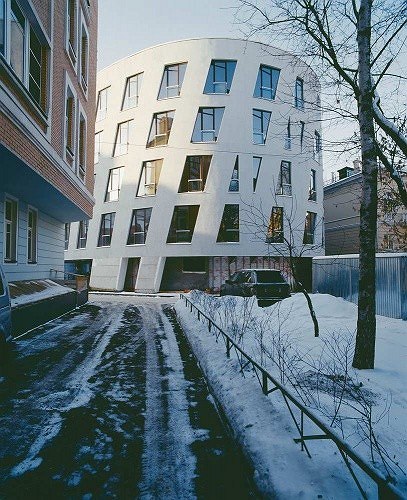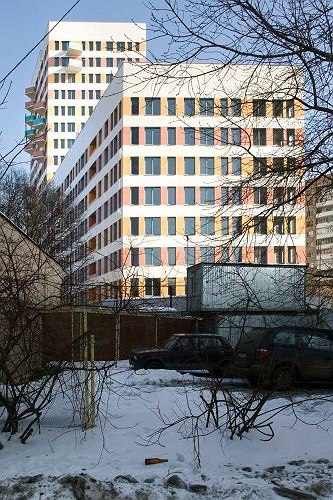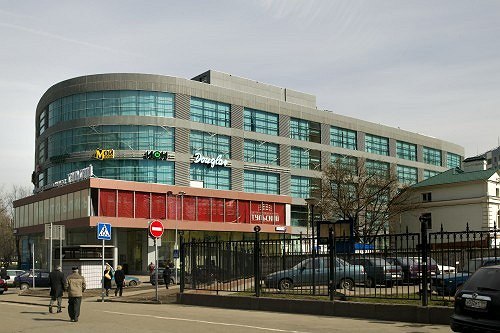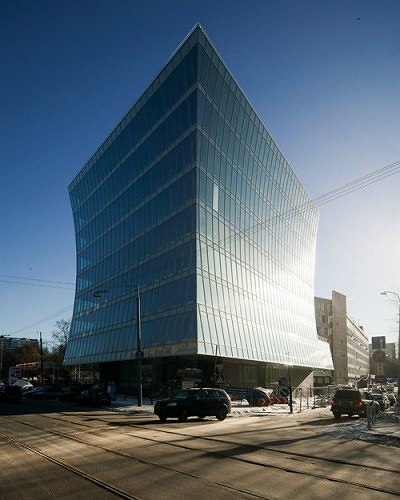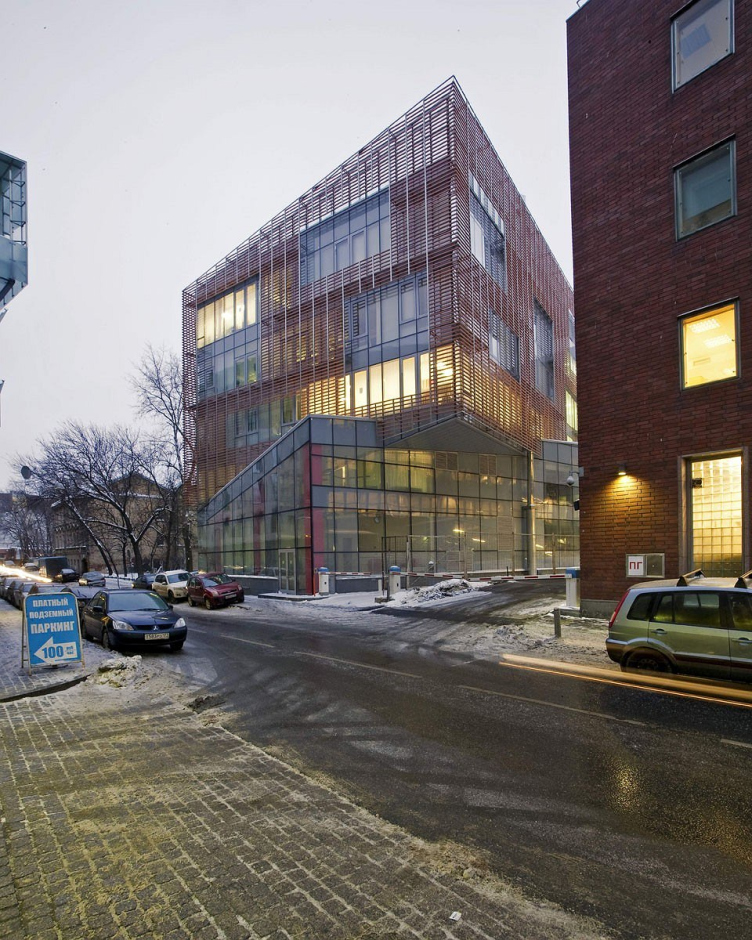По-русски Alexander Skokan: “Any architectural structure grows from its environment”
It will be safe to say that “Ostozhenka” Studio is today one of Russia’s most respected architectural offices that enjoys authority beyond exception in the professional community. Over the 20 years of its existence, it has grown from the general designer of Ostozhenka district to one of the main development contractors of Moscow agglomeration. How it all began, and what the team of this architectural studio is working on today, shares the “Ostozhenka”’s chief architect Alexander Skokan.

Written by:
Anna Martovitskaya
Translated by:
Anton Mizonov
